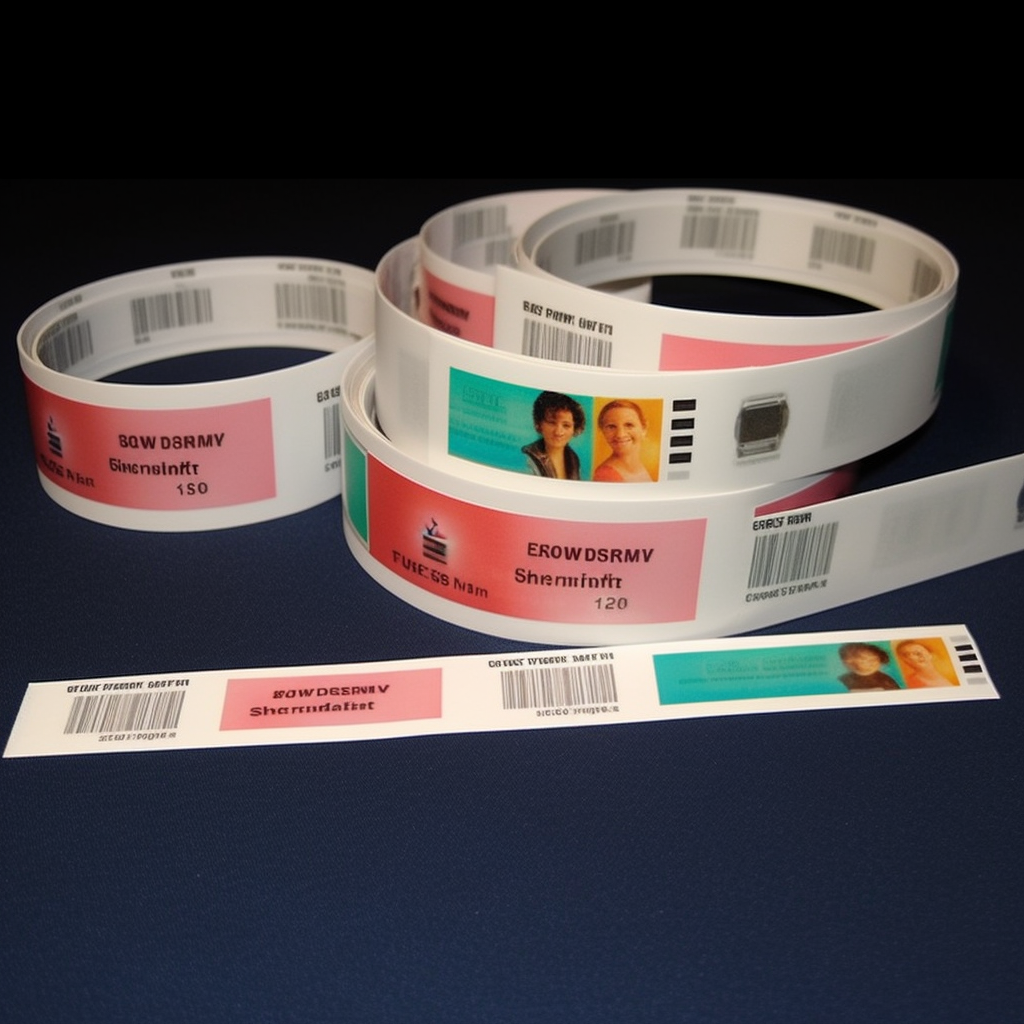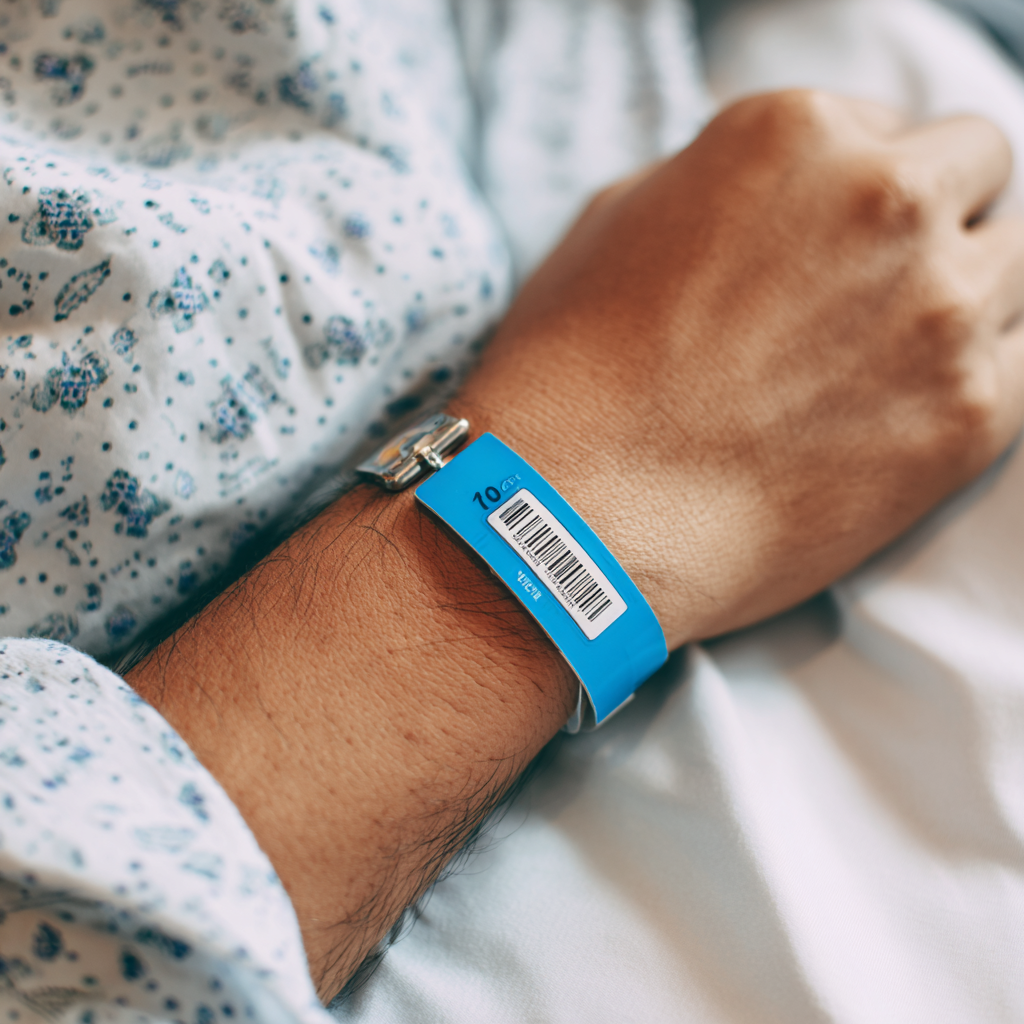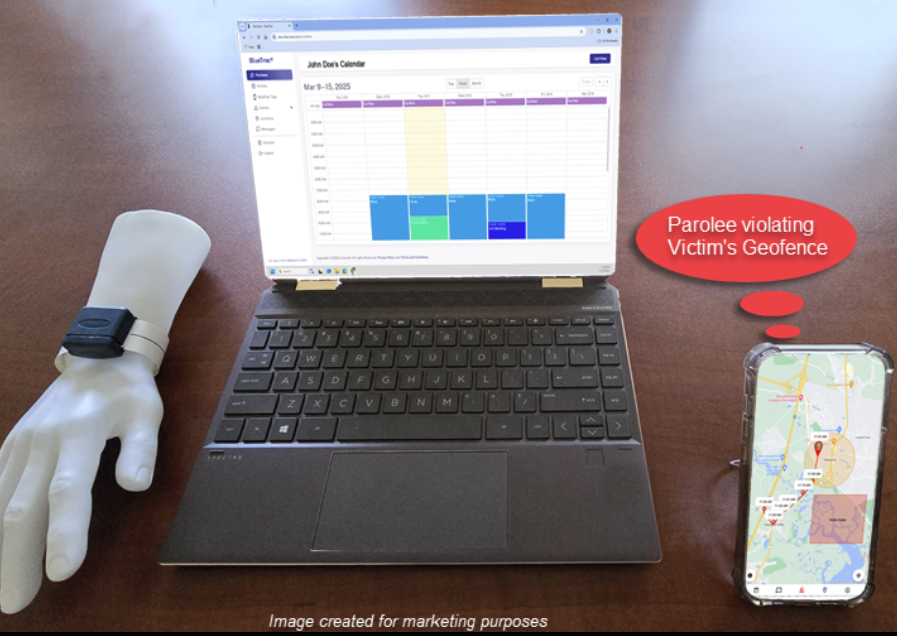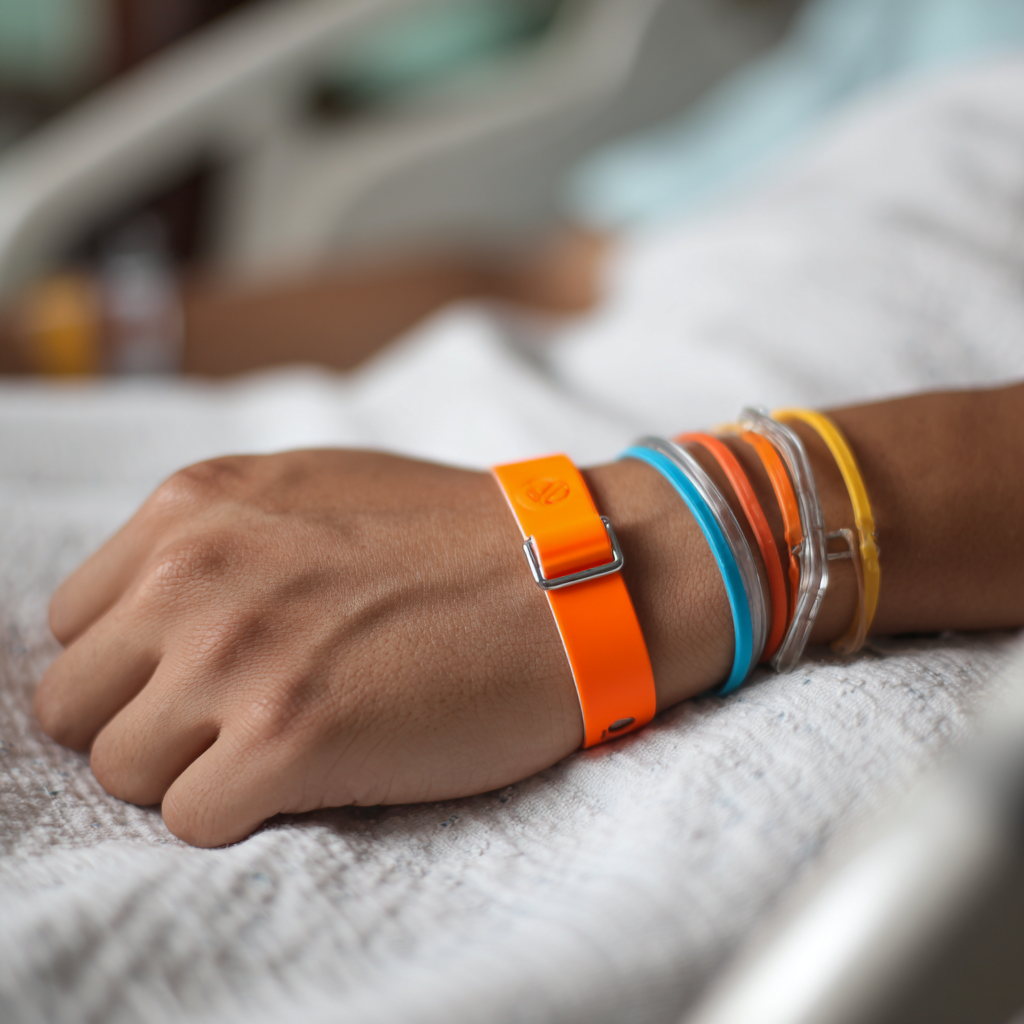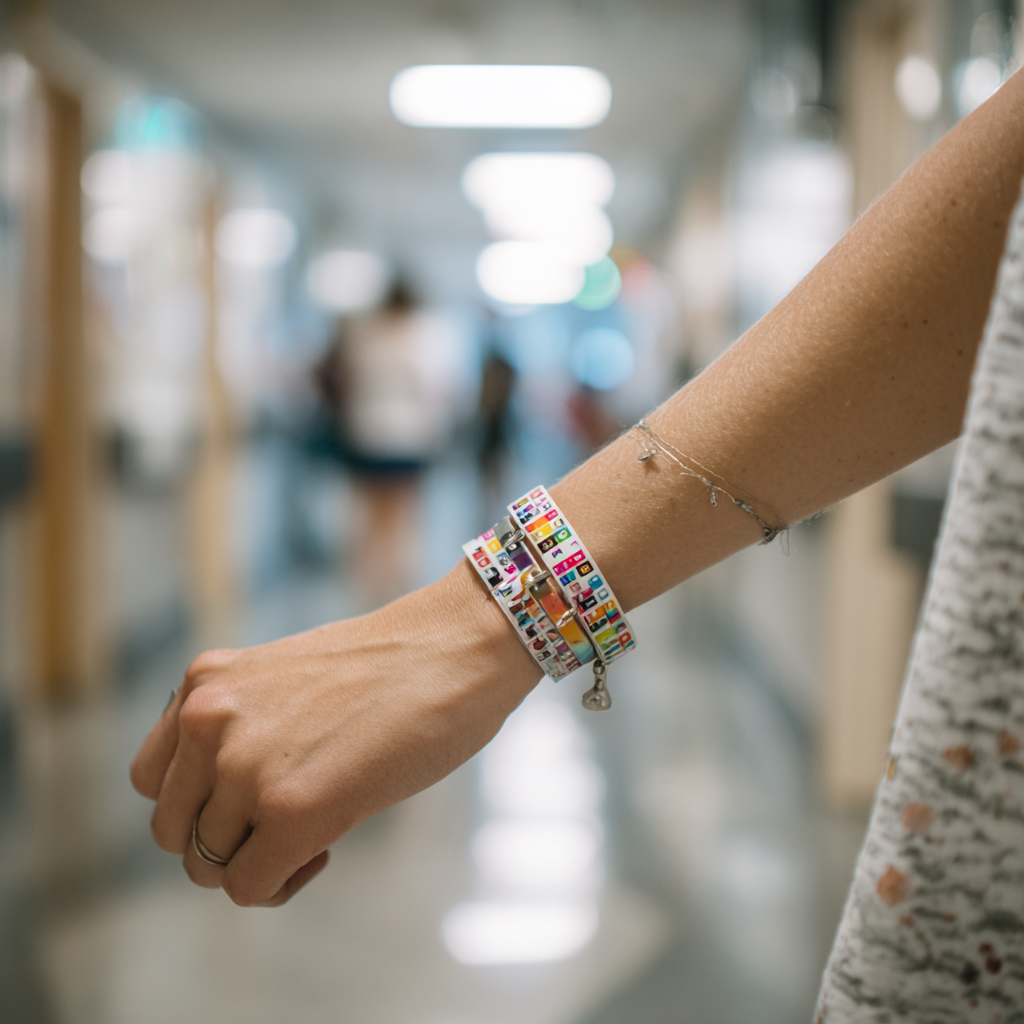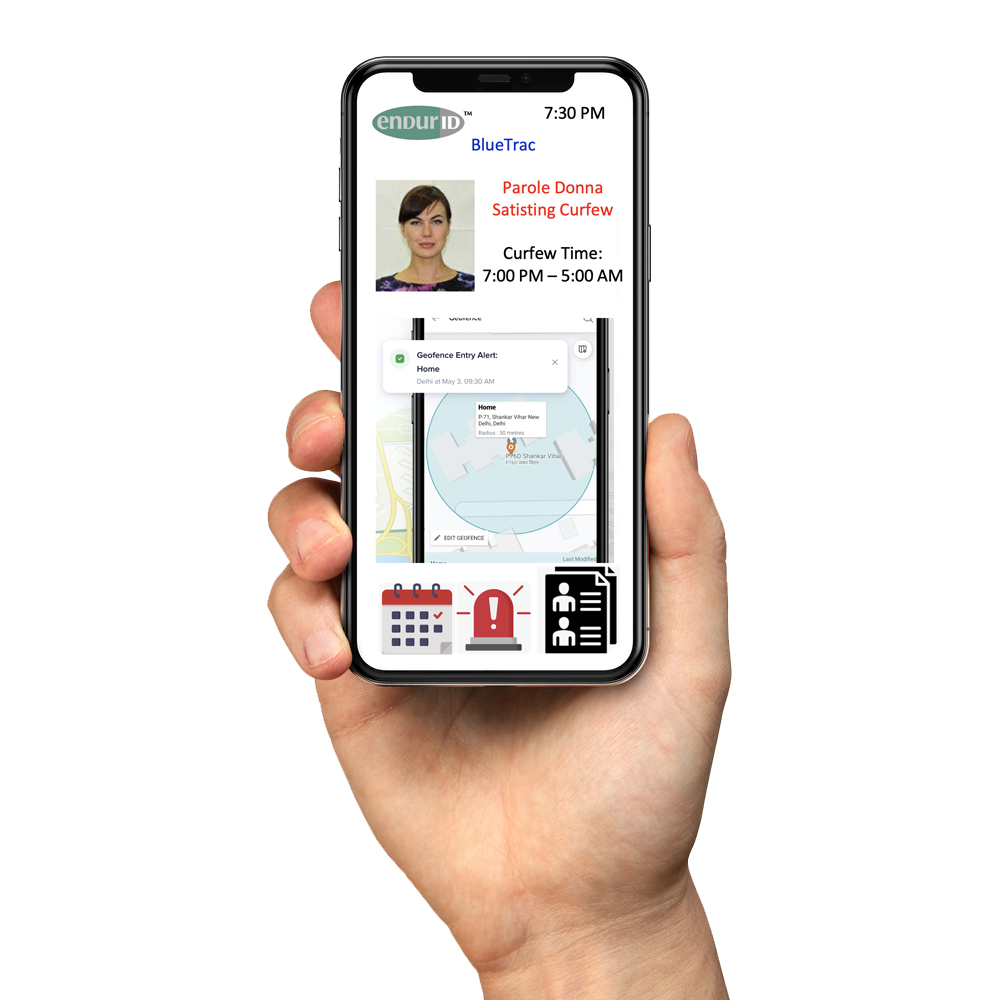A hospital wristband safely ties your identity to every step of care. It displays your full name, date of birth, and medical record number, along with color-coded alerts such as allergies or fall risk. Barcodes enable clinicians to scan and match the right tests, medications, and procedures to you in real-time. It’s durable, resistant to […]
You’ll improve outcomes more reliably with barcoded hospital wristbands than smartwatch IDs. Bedside scanning delivers deterministic patient matching, reduces wrong-patient and medication errors, and triggers patient-specific alerts. It’s faster and more predictable in high‑acuity workflows, with near‑universal reach across demographics. Wristbands also cost less to scale and eliminate risks associated with battery, pairing, and spoofing. […]
In disaster response, you treat the wristband as a lifeline: a scan-first identifier that locks in name, DOB, unique encounter ID, triage status, allergies, blood type, and time-stamps. You standardize fields, colors, and formats; apply double verification at issuance and every handoff. You integrate QR/1D/RFID with offline checksums, rugged devices, and store‑and‑forward. Closed-loop communication and […]
Use standardized, high-visibility allergy wristbands to prevent preventable harm. Apply a constrained, CVD-tested color icon schema, bold, simple icons, and 12–14 pt black text on a yellow/white background for legibility. Place the alert with its wrist facing outward near the radial pulse, separated from the demographics, with bold typography. Verify allergies at admission through dual […]
Transform your senior loved one’s home into a safe haven with this thorough senior home checklist. In the bathroom, install grab bars and adjust the toilet height. In the kitchen, position commonly used items at easy reach. The living room should have non-slip rugs and emergency contacts in plain view. Bedrooms benefit from motion-sensor lighting […]
Having a safer ward hinges on initiatives such as using the SBAR technique for clear communication and implementing checklists to reduce errors. Embrace technology for patient monitoring and nurture teamwork and continuous education. Engage patients actively in safety protocols and harness simulation training for real-world preparedness. Each step prioritizes patient safety, minimizes risks, and fosters […]
To design patient safety technology that clinicians actually use, start by prioritizing critical alerts and reducing alert overload using AI. Collaborate with healthcare providers to personalize systems, ensuring alerts fit seamlessly into their workflows. Implement intelligent notifications to cut redundancies and employ real-time feedback for quick decision-making. Regular audits refine alert thresholds, creating an intuitive […]
You’ll want to guarantee your hospital or clinic leverages essential patient safety technology. Start with Electronic Health Records (EHR) systems to streamline data management and improve efficiency. Add Computerized Physician Order Entry (CPOE) and Barcode Medication Administration (BCMA) to minimize errors. Clinical Decision Support Systems (CDSS) and Smart Infusion Pumps enhance decision-making and precise medication […]
BlueTrac® Technology is transforming parolee/probation electronic monitoring and reintegration through its impressive long battery life, eliminating wearable recharging needs, and guaranteed reliability. You’ll appreciate its cost efficiency, with low daily costs and predictable budgeting. Automation streamlines case management, minimizing interactions with parolee/probations while reducing errors. BlueTrac® Technology includes enhanced security features, automated multistep authentication between wearable […]
Durable patient wristbands in healthcare settings enhance patient safety and comfort by utilizing high-quality, soft, non-irritating materials. These wristbands withstand daily hospital activities, ensuring consistent patient identification and reliable access to information while reducing wear and tear. Color-coded alerts, including allergy-specific indicators, streamline workflows and enhance patient safety, while Tamper-Resistantand antimicrobial features increase security […]
In inpatient behavioral care, long-lasting wristbands are essential for ensuring patient safety and building trust. These reliable identifiers reduce errors, enhance communication between staff, and withstand challenging conditions, ensuring continuity of care. Patients feel secure knowing their information is precise and durable, which positively impacts their emotional well-being. The quality and comfort of wristbands show […]
Bar-coded wristbands are crucial for patient safety in hospitals, as they ensure accurate patient identification and streamline medication administration, thereby significantly reducing human error. With real-time access to patients’ information, healthcare providers can make informed decisions, improving workflow efficiency. The seamless integration of data across systems minimizes the risks associated with manual documentation and enhances […]
In behavioral health, wristbands are crucial for ensuring patient safety and minimizing errors. Select durable, comfortable materials with clear color coding to convey patient information, such as allergies and other relevant details. Implement standardized protocols to guarantee accurate identification and integrate wristbands with electronic health records. Train staff using interactive workshops to minimize errors and […]
For adult and pediatric ID bands, you’ll see design and color coding tailored to each age group. Pediatric bands prioritize vibrant visuals for safety and comfort, while adult bands integrate technological features for enhanced efficiency. Materials are selected for their hypoallergenic properties, particularly for sensitive pediatric skin. Understanding these nuances guarantees patient safety and […]
Electronic monitoring (EM) has long been a cornerstone of community supervision programs for probationers and parolees. While traditional electronic ankle monitors have proven useful, they often have limitations, including false positives, battery challenges, and constant manual oversight. These issues distract parole officers, strain correctional budgets, and hinder parolees’ rehabilitative goals. Enter Endur ID’s Revolutionary […]
Nursing home ID bands are essential for resident safety and security. They guarantee accurate identification, helping prevent care and medication mix-ups, which is especially important for residents with cognitive impairments. These bands facilitate communication among caregivers, providing instant access to critical information. Certain technologies can allow you to monitor residents in real-time, reducing wandering […]
Hospital wristbands guarantee patient safety and security by verifying identities and minimizing medical errors. They enable quick access to patient data through integration with electronic medical records, and their durable materials guarantee longevity. Wristbands come in different types, like RFID and color-coded alerts, enhancing safe healthcare delivery. Adhering to HIPAA regulations, they safeguard patient […]
Maternity patient ID bands directly improve maternal healthcare by ensuring precise patient identification and reducing medical errors. These bands enhance safety during labor and delivery, providing instant access to accurate health records. They support seamless communication among healthcare providers, minimizing misidentifications. Educating mothers on ID bands’ significance empowers them to safeguard their health. If […]
Guarantee patient safety in behavioral health by using wristbands for accurate identification and to reduce medication errors. Standardize color codes for easy identification of allergies and conditions. Regularly train staff on wristband protocols, utilizing technology for real-time access to patient data. Foster compliance by involving patients in the wristband process, boosting their understanding and engagement. […]
You’re on the verge of considerably improving patient engagement in behavioral health by incorporating color-coded wristbands. These wristbands serve as essential communication tools and enhance safety by reducing medication errors by up to 30%. They provide immediate visual cues for healthcare providers and empower patients to participate actively in their care. Engaged patients achieve better […]

